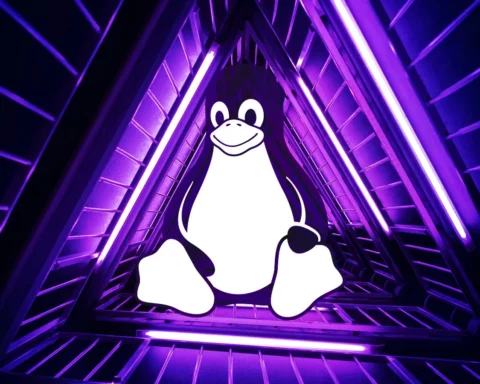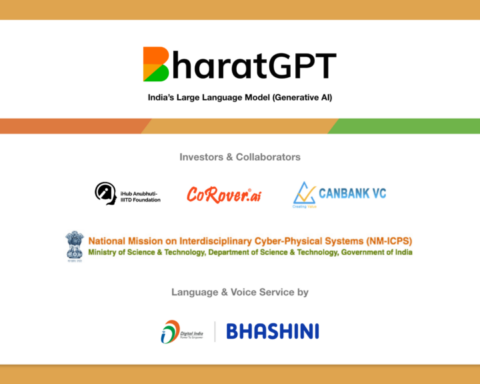EFYTimes takes a look at 9 myths about open source in an effort to establish some clarity about the strengths and weaknesses of the community.
There are a lot of myths associated with the open source ecosystem ever since its conception, hailing it as the anti thesis of the ills and evils represented by the likes of Apple. Tech analysts, however, have pointed out the flaws in the system very often. EFYTimes takes a look at 9 myths about open source in an effort to establish some clarity about the strengths and weaknesses of the community.
- 1. Ubuntu Is No Longer Open Source’s Last Great Hope: When the OS came to the fore about 9 years back, most people thought that it was the answer to Microsoft and Apple’s closed systems. However, much of this exuberance has faded away. Most people didn’t think twice about the decision to coordinate projects for release cycles. Canonical started vetoing what was happening in Ubuntu, apparently not for the common good but mainly in the search for profit. Many, too, disliked Ubuntu’s Unity interface when it was released.
2. Cloud Computing Undermines Free Licenses: While cloud computing offers users free applications and storage, there isn’t any control or guarantee of privacy. Also over the years most efforts to discredit FOSS have been dwarfed by competition. Also, there has been no emphasis put on free licenses or privacy in the cloud.
3. Richard Stallman Has Become a Mixed Asset: Richard Stallman, the founder of the FOSS remains a legendary figure in free and open source software. He is without doubt the most vocal defender of software freedom, and the community probably wouldn’t exist without him. While he has been both criticised and vociferously supported, the fact remains that the man while being very accomplished has a remarkable lack of effectiveness.
4. Open Source Isn’t a Meritocracy: One of the most often perpetrated myths of FOSS is that it is a community based on meritocracy. While this is true in the case of small projects, more often than not, the term is heavily qualified. There isn’t any dearth of projects wherein documentation writers or artists are less influential than programmers.
5. Open Source Is Infected with Systemic Sexism: There are allegations that the open source ecosystem is full of sexism—and, sometimes, even misogyny. While there have been efforts to deal with this, the problem is widespread. The number of women varies between projects, but 15-20 per cent would be considered a relatively high number of women involved in an open source project. In many projects, the number is below 5 per cent, even when non-programmers are counted. Women are under-presented at conferences as well.
6. Microsoft Is No Longer Unrelentingly Hostile to Open Source: Just over a decade ago, you could count on Microsoft to call FOSS communistic or un-American, or forleaked revelations of plans to destroy the community. Much of the community still clings to the memories of those days—after all, nothing brings people together like a powerful and relentless enemy. But what people fail to appreciate is that Microsoft’s response has become more nuanced, and it varies between corporate departments. No doubt Microsoft’s top executives still see FOSS as competition, although the colourful denunciations have ceased.
7. Desktop Innovation Is Stagnating: GNOME hasn’t gotten the attention it deserves, especially given the fact that the community seems to work on the notion that the present version is whole in itself. The possible result might be that innovation is likely to be seen a series of incremental changes, with few efforts to enhance general design.
8. Open Source Is Becoming a Monoculture: While most supporters like to preach about the advantage of open source on virtues of its diversity, the fact remains that most often it is one technology that has 50-65 per cent of the support, while others are left out to dry.
9. Open Source Is Stuck Short of its Goals: By 2004, FOSS had reached the point where people could do all of their consumer tasks, such as email and web browsing, and most of their productivity computing using FOSS. If you ignore the hopes for a free Bios, only wireless and 3-D drivers were needed to realize the dream of a completely free and open source computer system.








